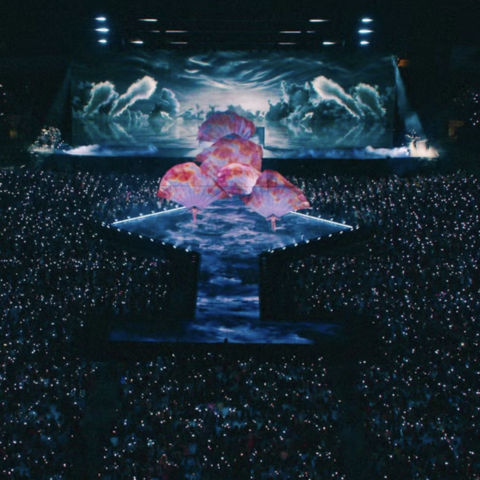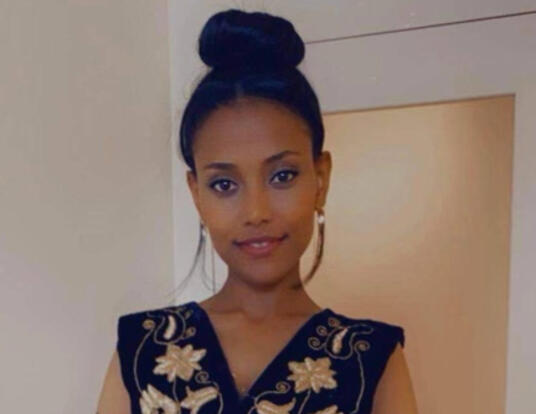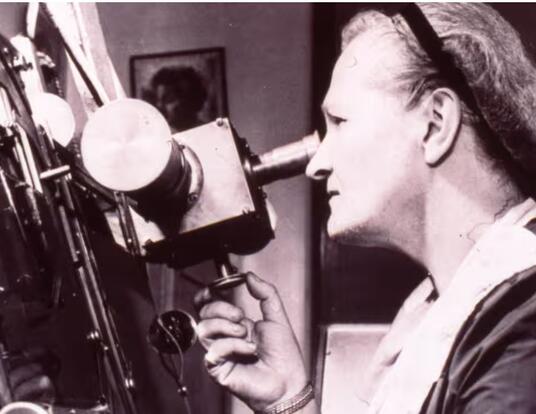Conceptual Artist
How technology shapes what we know—and the questions we ask
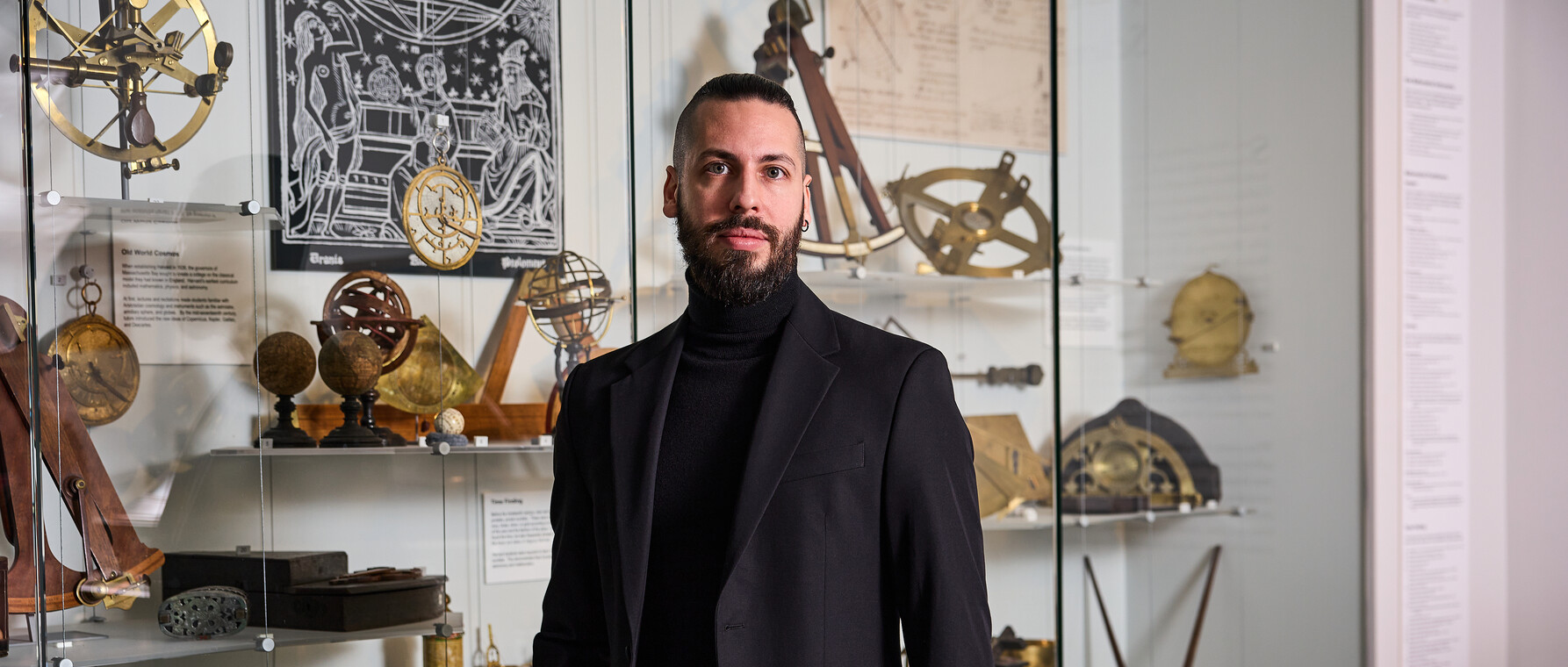
Like a lot of kids, GSAS student Emilio Vavarella loved to draw spaceships when he was growing up in Italy. Unlike a lot of kids, however, he wasn’t most interested in whether his creations would jump to hyperspace or do battle with alien invaders. He was more curious about what life would be like for the people on board.
“I would create these very technical blueprints of how the ship worked,” he says. “You know, where do people sleep? What do they do in their leisure time? Where would they pilot this thing? I was fascinated by the preconditions and consequences of all technologies.”
That fascination with how technology shapes the way humans live—and think—is the subject of Vavarella’s 2023 Harvard Horizons project, “Techniques and Technologies of Thought: A Short History of Media Models.” A PhD candidate in film and visual studies and critical media practice and an artist whose work has been exhibited internationally, Vavarella says the lives of human beings throughout time have been mediated by technology. Whether stone axes or iPhones, the tools we use fundamentally shape—and are shaped by—the culture from which they emerge.
The dominant technology shapes not only our imaginations but also scientific knowledge.
–Emilio Vavarella
God as a Clockmaker
Every technology is accompanied by a cultural technique, Vavarella says. “You have the calculator, but you also have the number. Everything we do from speaking to being able to write an imaginary story—all of these are specific techniques that we have developed. It’s what makes us human.”
The Horizons scholar argues that the way we think is inseparable from the technology that dominates the times we live in. Drawing on archaeological findings from the Fertile Crescent, for instance, he notes that early agricultural societies revolved around water—specifically channeling and redirecting the flows of rivers to irrigate crops. These “hydraulic techniques” shaped the ways that societies thought of other processes, including those of the human body.
“When you go to the medical practices that were developed at the time, the understanding of the body often mirrored the understanding of hydraulic techniques,” Vavarella explains. “The human body was healthy when circulation was flowing. Sickness was often understood as a blockage to this circulation. But it goes beyond physiology. An entire vision of the way the world worked was articulated around this idea of flow.”
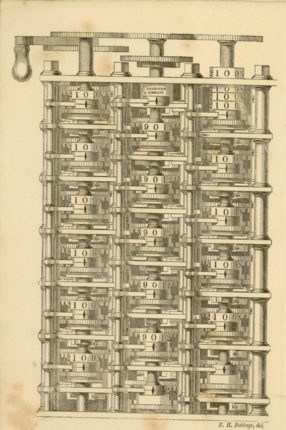
Hydraulic techniques were a hegemonic technology for thousands of years, but simultaneously humans developed many others. Vavarella says that there was an inflection point in the seventeenth century when the hydraulic way of thinking was replaced by a mechanical approach.
“Before the seventeenth century many machines were already employed, even to aid irrigation and agriculture,” he says. “Around the seventeenth century, however, the goal of new hydro-mechanical devices was not to make things flow better but to better mechanize those flows. When we look into such techno-cultural transformation, we find a framework that corresponds to an understanding of physics, the human body, and the cosmos in mechanical terms. Every planet, every celestial body, is understood like a little wheel within a clock. Even God is reimagined as a clockmaker.”
The paradigm in which Vavarella says we are living now is computational. Just as machines were first put to use in the service of hydraulics, the direct ancestors of digital computers were mechanical—as with Charles Babbage’s nineteenth-century analytical engine. Throughout the twentieth century, however, mechanical technologies were increasingly put in the service of computation, leading to Harvard’s massive Mark I computer in the 1940s and to the smartphones in our pockets today.
Vavarella calls these frameworks media models: abstract models that mirror specific technologies. Media models are the paradigms through which humans try to understand the world and themselves. Their development is slow and not necessarily linear or progressive, but it embraces all sectors of human life.
Vavarella’s dissertation advisor, Emmet Blakeney Gleason Professor of Visual and Environmental Studies Giuliana Bruno, says that human beings aren’t always aware of how—and how deeply—technology shapes our ways of thinking. Vavarella’s media models can make us more conscious of this dynamic and help us move beyond it.
“It is essential to consider carefully what model of thinking technology proposes and what consequences this will have,” she says. “The kind of work Emilio does can increase our critical awareness and, by looking into history, counteract blind belief in the benefits of the new or of the latest technology. It can help create forms of resistance rather than passive acceptance of technological determinism.”
The result of [Emilio’s] investigation is a new perceptual and conceptual construct that not only brings to light the characteristics of a specific technology but also investigates its lifespan in society.
–Professor Giuliana Bruno
Shaping Both Question and Answer
What Vavarella finds fascinating about the evolution of media models is the way that they shape both the questions human beings ask and the answers they come up with. Take magnetism, for example. Humans have known for thousands of years that some elements attract or repel one another. In antiquity, when two elements were magnetically attracted, their essences were thought to be sympathetic and flow toward one another; if repelled, they were antipathetic and diverged.
When mechanics became the dominant media model, though, new theories of natural philosophy proposed that elements had tiny pores that emitted and received microscopic screw-shaped particles—like tiny drill bits. The particles traveled through the air between two elements, reaching each other’s pores. If they rotated in the direction of the pores’ grooves, the elements were drawn closer together; if they rotated counter to the grooves, they were repelled.
“They thought magnetism was mechanically produced by particles that had the same shape of these mechanical devices they had already used to drill,” Vavarella says. “The idea seems funny to us, but to them, it was a very convincing explanation of a natural phenomenon. The dominant technology shapes not only our imaginations but also scientific knowledge.”
Bruno says that Vavarella is “a new, exemplary figure of a doctoral candidate.” Both an artist and scholar, his work combines experimental forms of research with his own “media practice” to produce forward-looking knowledge and ideas.
“Emilio asks, ‘How does humanity extrapolate an abstract model of knowledge from a concrete technology? And vice versa?’” she says. “‘Can that model then continue to exist and be applied within a different domain?’ The result of this investigation is a new perceptual and conceptual construct that not only brings to light the characteristics of a specific technology but also investigates its lifespan in society.”
Vavarella says that the goal of his doctoral research—and his Harvard Horizons project—is to give those from a wide range of intellectual backgrounds tools to think deeply about the way that technology not only affects what we do but also what we know and what we imagine. He wants his theory of media models to provide a conceptual toolbox for addressing the ways humans understand themselves and the world they live in.
“This concept of media model resonates with people that come from all kinds of backgrounds: media theorists, artists, scientists, educators, and those outside of academia,” he says. “It's a very versatile tool to convey an idea. And that's the point. My goal is to speak to as many people as possible.”
Photo by David Salafia
The 2023 Harvard Horizons Symposium will take place on Tuesday, April 11, 2023 at 5:00 p.m. in Sanders Theatre.
Get the Latest Updates
Join Our Newsletter
Subscribe to Colloquy Podcast
Simplecast


